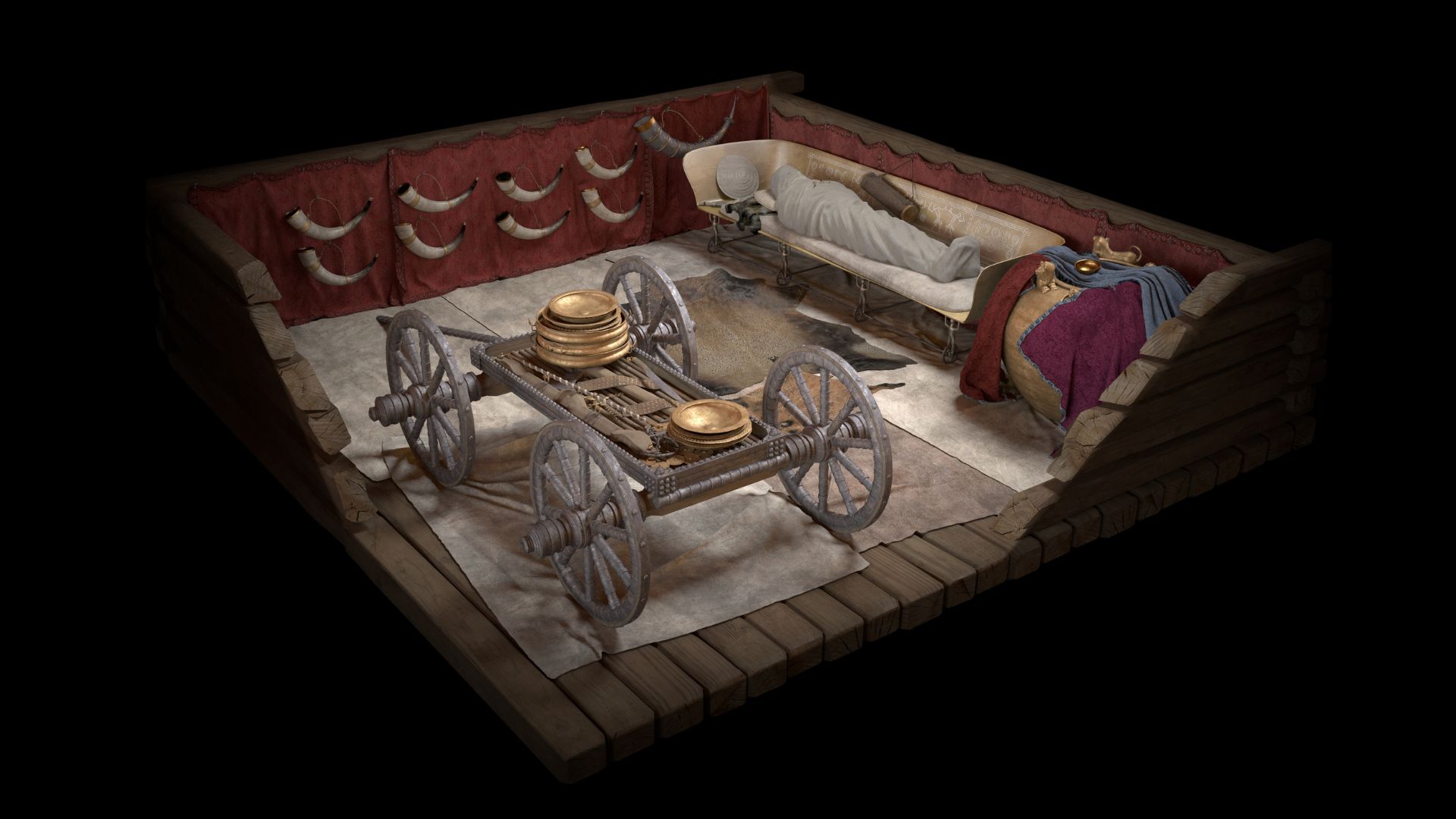
Enormous ancient burial mounds filled with luxurious artifacts may link elite members of an extended family in southern Germany along maternal lines, a new DNA analysis shows.
An uncle and nephew buried in two of the richest burial mounds, along with evidence of first-cousin inbreeding, point strongly toward matrilineal dynasties of elite power, according to the study, which was published Monday (June 3) in the journal Nature Human Behaviour.
Between about 600 and 400 B.C., during the Iron Age, burial mounds containing gold jewelry, wagons and imported goods were built in what is now southwestern Germany, eastern France and Switzerland. The elite people buried in these mounds wielded immense political and religious power and are often called "early Celtic princes and princesses." But researchers have disagreed as to whether these people gained their status through a lifetime of achievements or inherited their power.
In the new study, researchers analyzed the ancient DNA of 31 skeletons from seven elite-burial sites, dating to the sixth to fifth centuries B.C., within a roughly 40-square-mile (100 square kilometers) area of southwest Germany. Their aim was to determine if biological relationships could be found across this time and space, thereby suggesting the early Celts had elite dynasties.
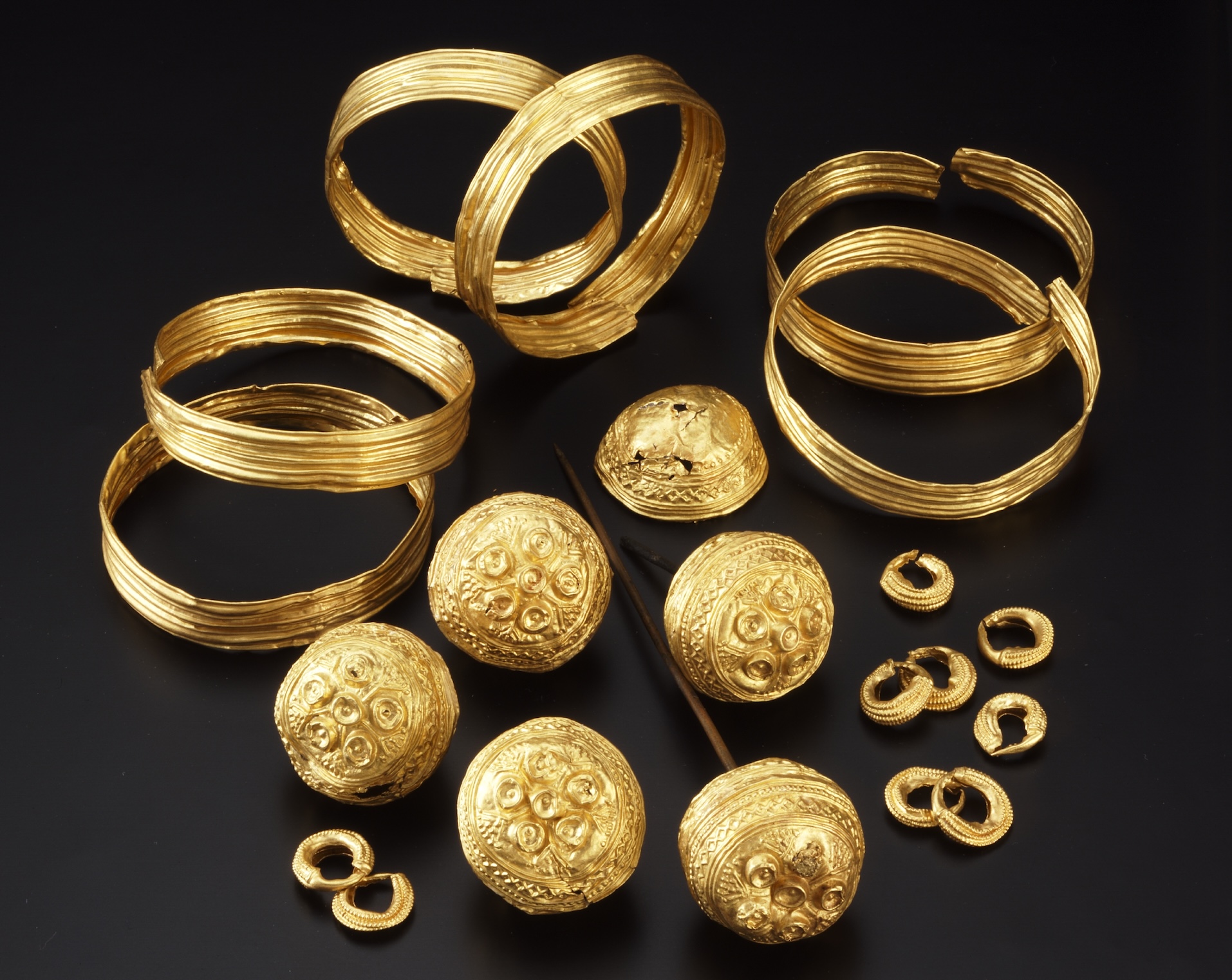
The team discovered a second-degree relationship — likely an uncle and nephew — between two male individuals who shared maternal ancestry. Both men were buried in richly appointed neighboring mounds and appear to have grown up in the local area. According to study co-author Dirk Krausse, lead archaeologist for the German state of Baden-Württemberg, both men were also among the tallest on record in Iron Age Germany, standing around 5 feet, 11 inches (1.8 meters) tall, which suggests that they may have benefitted from good nutrition in addition to sharing genes for tall stature.
Related: Iron Age Celtic woman wearing fancy clothes buried in this 'tree coffin' in Switzerland
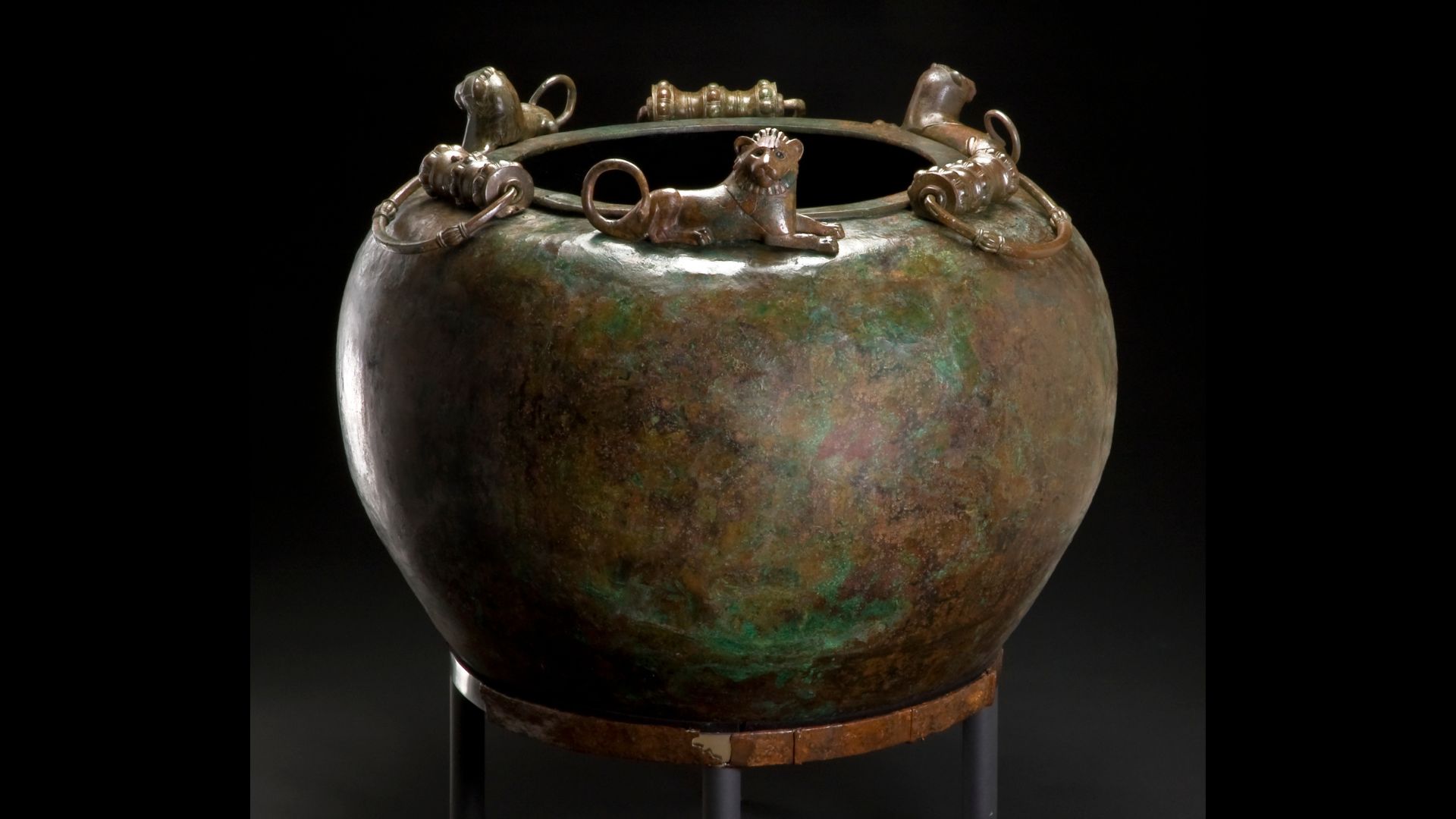
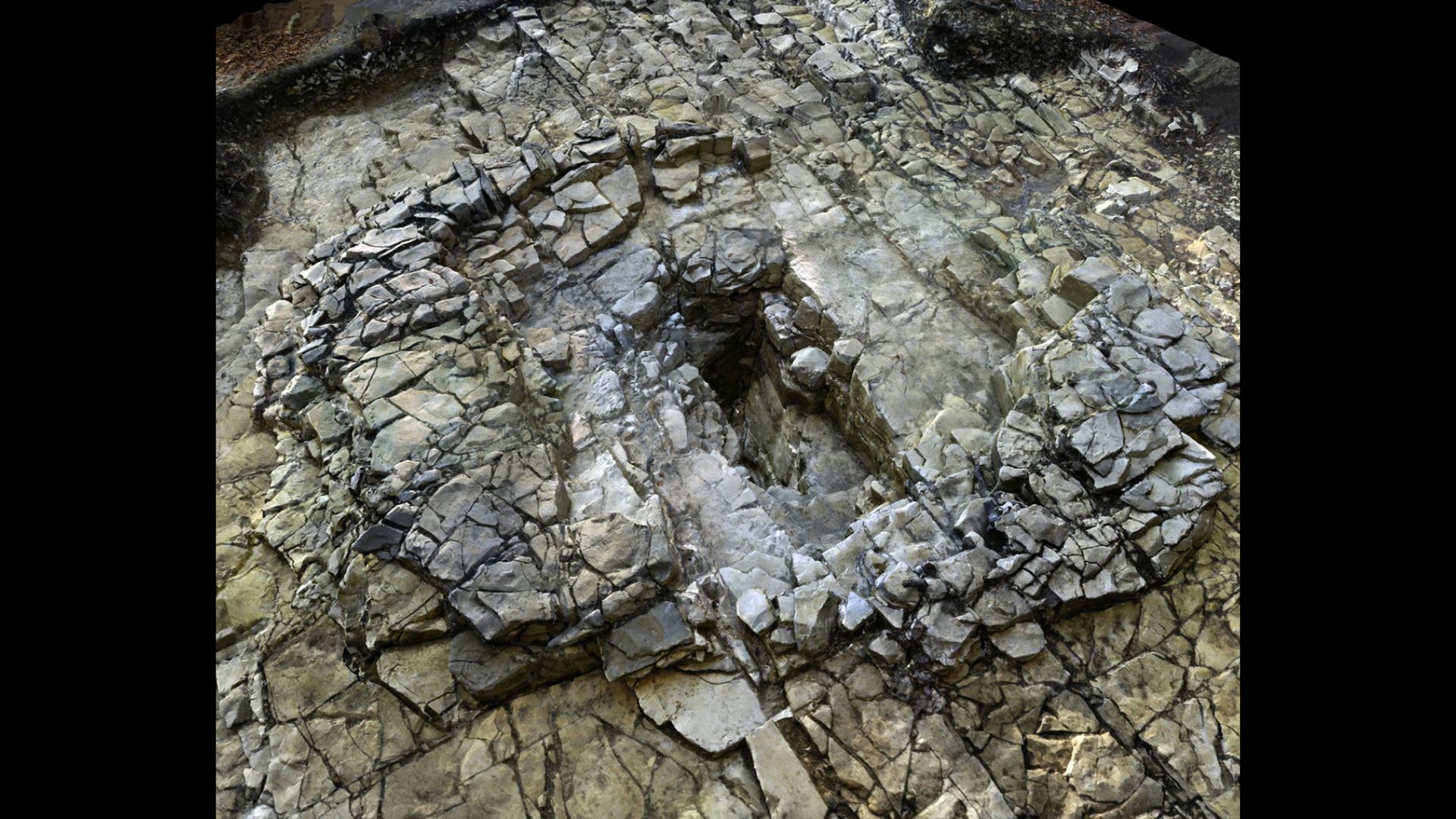
Another biological link was found between a woman and a man who were buried in mounds about 60 miles (100 kilometers) and a century apart. This is an exceedingly rare discovery that probably represents a great-grandmother and her great-grandson, the study authors said.
When the researchers tested the skeletons for evidence of recent inbreeding, they found that two people were most likely born to first-cousin parents. This sort of biological evidence for inbreeding is also rare in archaeogenetic studies, which may suggest that it was more frequent among these Celtic elites than among other archaeological populations, according to the study.
Family connections among the burial mounds strongly suggest a pattern of hereditary leadership that was organized along the maternal line, the researchers concluded in their study. Although power was wielded primarily by men, rich burials of women in the region showcase their high status as well.
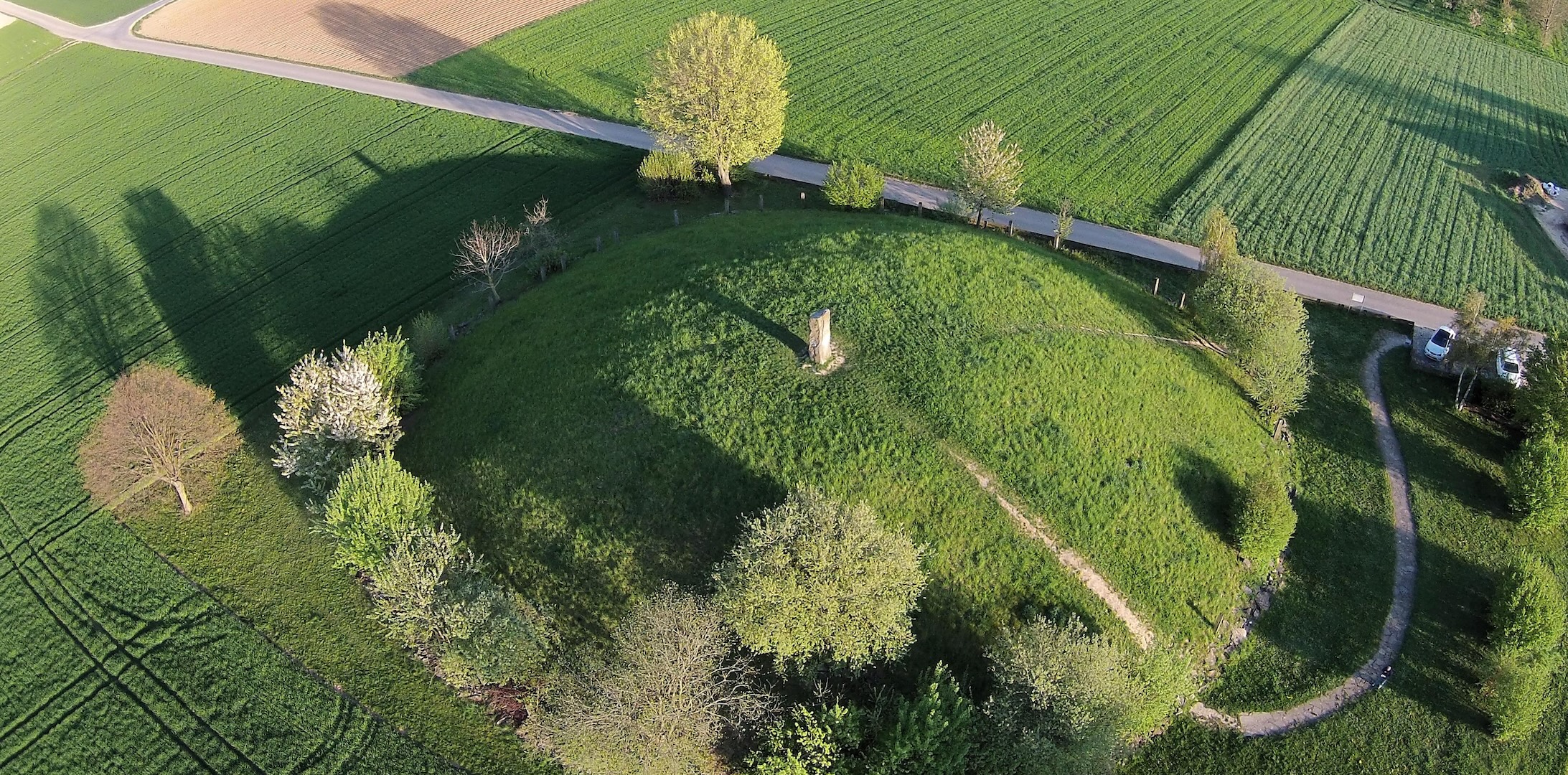
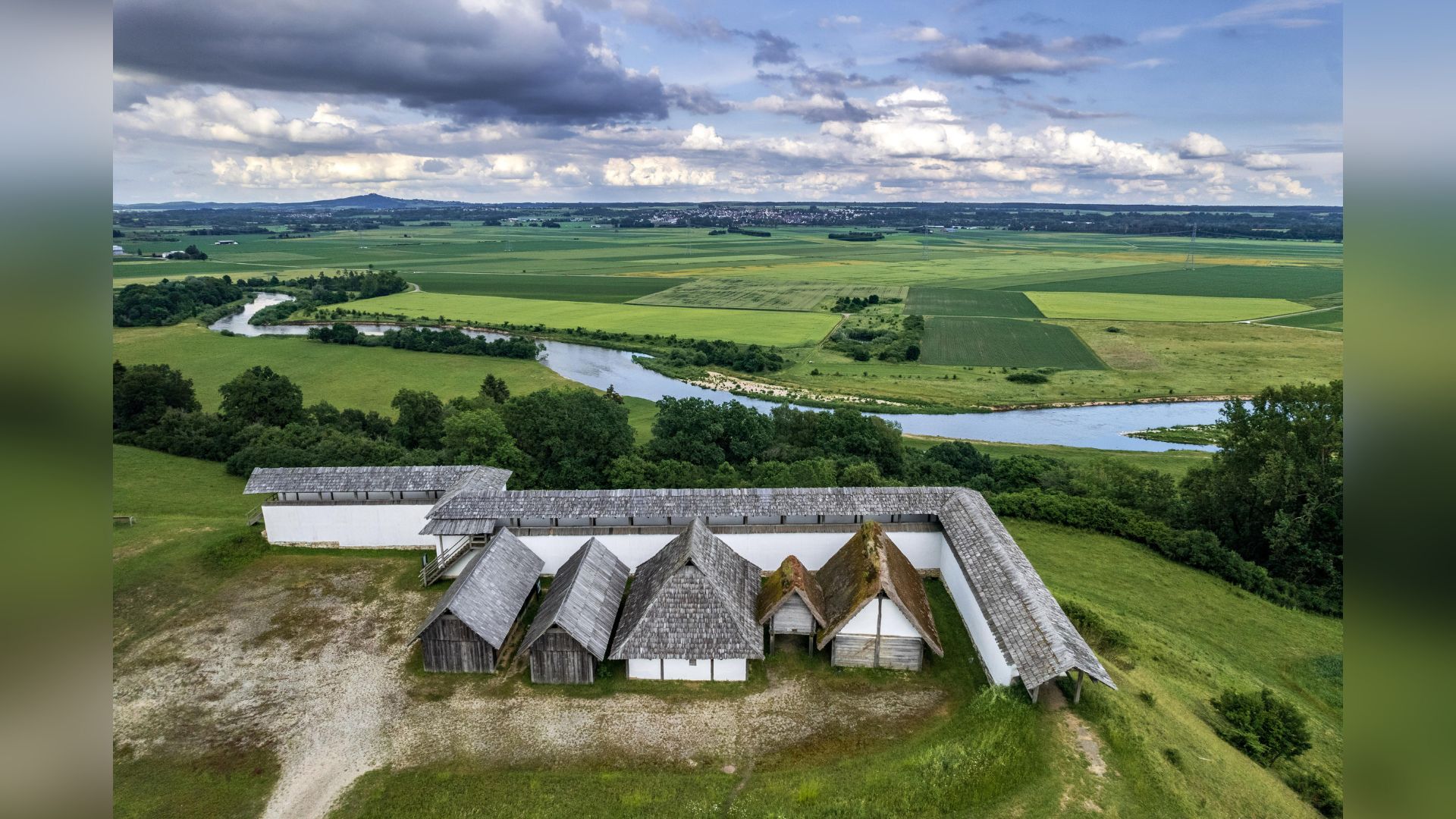
Matrilineal inheritance of power was not common in Iron Age Europe, and it is also relatively rare around the world. The specific pattern that the researchers discovered among the early Celtic elite is called matrilinear avunculate organization, which can arise when extramarital mating is common and therefore paternity confidence is low, leading men to be more sure that they are genetically related to their sister's children.
"If a ruler has children on their own but also passes power to their sister's children, then there might be an incentive to merge the direct and the sister's lineage, which would then result in first-cousin matings through the female line," study co-author Stephan Schiffels, a population geneticist at the Max Planck Institute for Evolutionary Anthropology, told Live Science in an email. "But we cannot prove such a scenario from the genetic data."
Marco Milella, a bioarchaeologist at the University of Bern in Switzerland, who was not involved in the study, told Live Science in an email that the combination of analytical techniques in this research "can give insights about complex topics such as social structure and power transmission during prehistory." The fact that biological connections were found between burial mounds far away from one another, Milella said, "forces us to reconsider geographical distance and how space and time intersected with social variables in the past."
This genetic study may finally elucidate the nature of the early Celtic political system — specifically, as one of familial interconnectedness across time and space, with a high degree of social complexity and regional hierarchy, the authors concluded.







